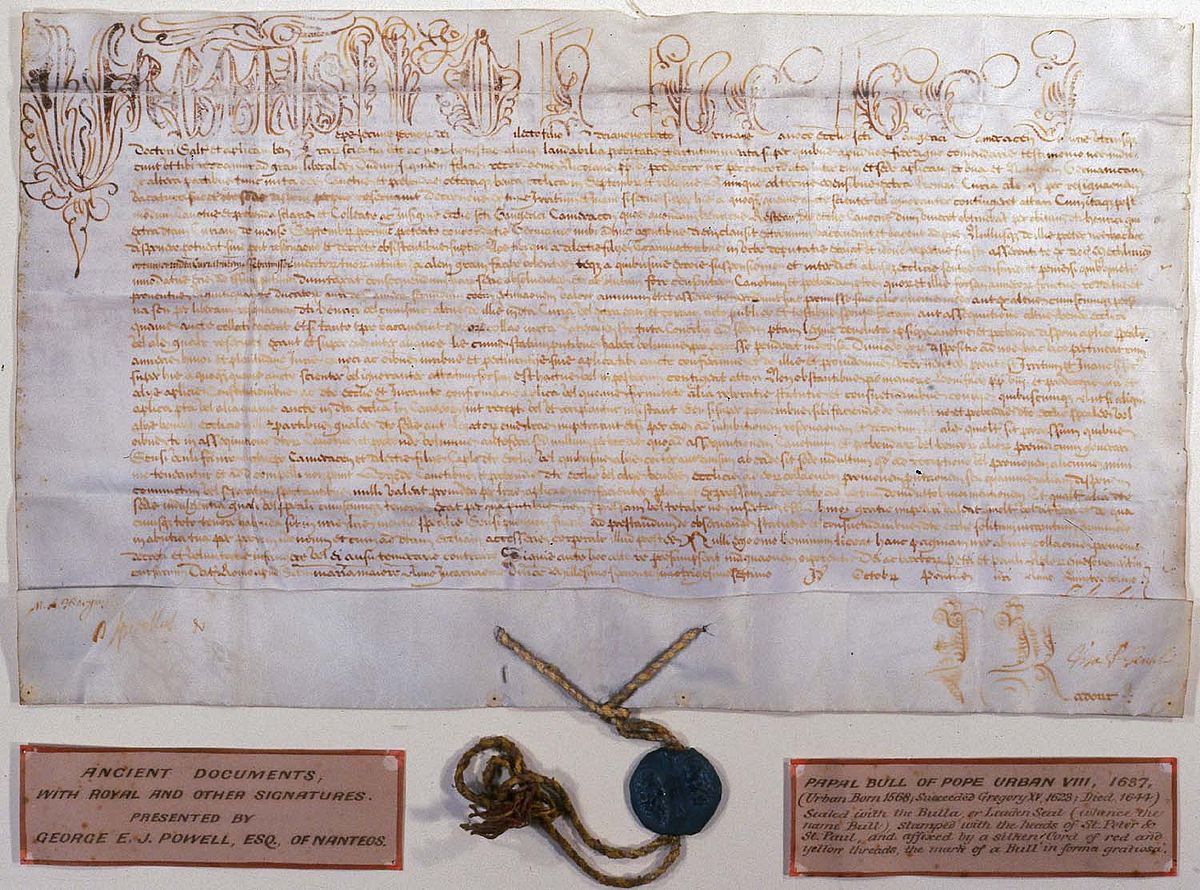From there, it was meant to have integrated into Vaspukaran, but this was hitched. Kutan, it was said, loved God too much and too enthusiastically in its own way, and had become attached to the Ashamarki Rite which integrated worship of the ancestors, veneration of specific places, and the re-evaluation of ancient Gods and demigods as righteous Ravs. Kutan had been too successful - having so profoundly converted the populace to a unique and to them delightful version of the Amalgastene faith, they could not bear to surrender this. Hoping they could have their rite recognized, as did the neighboring Kazars, they bore their legal case to the Great Synod, drawn from the greatest High Priests in all of Vaspukaran seventy-five years ago and sought to have recognition as a demicephalous circle with limited self-control over worship.
But the Kazars had been granted that rite as a price for peace in the Iconoclast Uprisings, and anyways since then sentiments on further 'surrenders of the faith' had hardened profoundly. The Great Synod not only denied the request but proclaimed the Ashamarki Rite schismatic, retroactively ejecting tens of thousands of vicars from the Order, as no proven schismatic could hold high office in a mission. In revenge, and in keeping with their idiosyncratic nature, the Kuti merely by and large lied, converting en-masse to Sufganarot Rite in great publicized ceremonies even as temples continued to include prayers to the ancestors in normal liturgy. With Patriarchical authority collapsing following the Temple Coup of 747 AA and the Synod unwilling to pick a fight with the richest mission in the country, this was accepted begrudgingly.
But when the confidence of Kutan's vicars overreached, and the mission's effort to prove itself truly modern and independent of central authority by constructing the Atamarka Railway Round turned into a dramatic catastrophe that bankrupted it, the Synod turned to the Jurors to exact their final revenge. In 804 AA, the High Jury of Dvarim invoked its own authority as the primary military authority of the Eastern Marches to perform a coup over the mission. Entire Juror Banners from Karmazan marched into the country and in cooperation with sympathetic local banners and those ultraorthodox portions of Kutan's priesthood took control. Priests were defrocked, vicars imprisoned, and ancient lineages made destitute.
Now truly enforcing the proclamation that Ashamarki Rite is schismatic, persecution has ramped up to the limit just short of provoking rebellion, while the long tax-exempt status of the Mission was revoked. Against the defiant population the new Vicar Superior Ardizman applied the principle of honest poverty: That to break the self-confidence of the schismatic majority would require to pauperize it. That this self-serving and mad principle happened to align with the wishes of revanchist creditors and famished exploiters was no mere coincidence.
